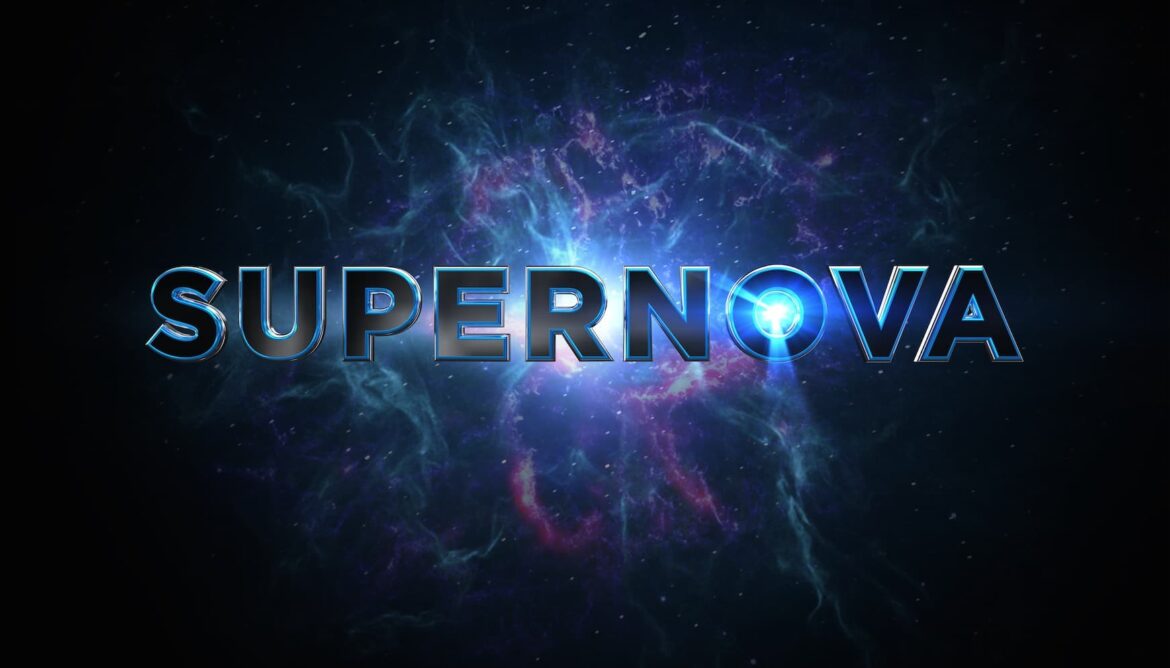1.4K
In this article we explain what a supernova is. You will also find out how the impressive phenomenon occurs and how you can observe it.
What a supernova is
A supernova is a very bright explosion of a star that is visible to the naked eye in the sky under certain circumstances. It always takes place when a star dies. Two types of supernovae are distinguished.
- Type I is a star with a mass less than that of our sun.
- An explosion often occurs when two stars get too close to each other. At a certain distance, mass is transferred from one star to the other.
- This gives a star new material to burn.
- If this star has been burnt out before, it resumes its nuclear fusion. This process releases so much energy that the star explodes.
- Type II is a star with a much higher mass than that of our Sun.
- The luminosity of such massive stars due to nuclear fusion is disproportionate to the mass.
- When such a star has used up its hydrogen supply, it begins to burn heavy elements. It does this until it reaches the element iron. There, nuclear fusion stops.
- If the star can no longer burn, it collapses under its own gravity. Enormous amounts of energy are released in the process.
- This in turn leads to a very bright explosion that you can see with the naked eye from Earth.
What happens after a supernova
What happens after a supernova is also determined by the mass of the star.
- Massive stars go through a type II supernova and then end up as neutron stars.
- Low-mass stars become a black hole after a type I supernova.
- In addition, nebulae can form as a remnant of the supernova. This nebula forms the breeding ground for the formation of new stars.
- Our sun was also born from a supernova. Accordingly, this phenomenon made life on Earth possible in the first place.
